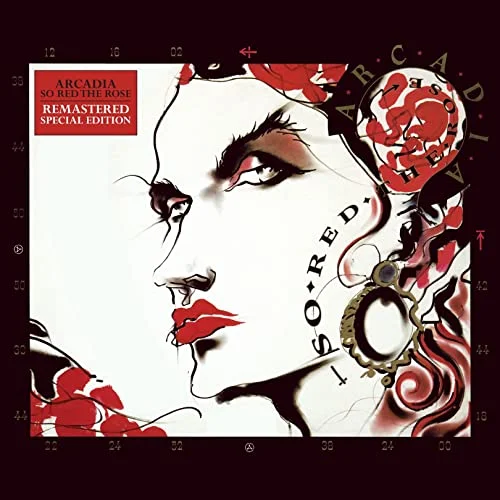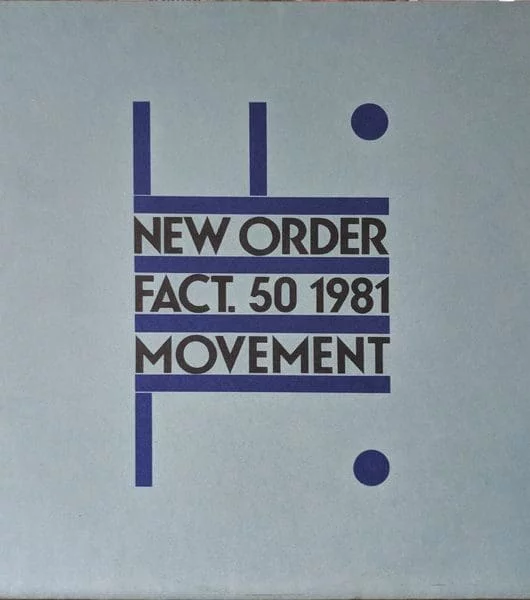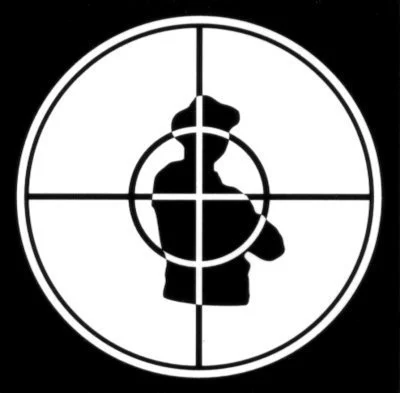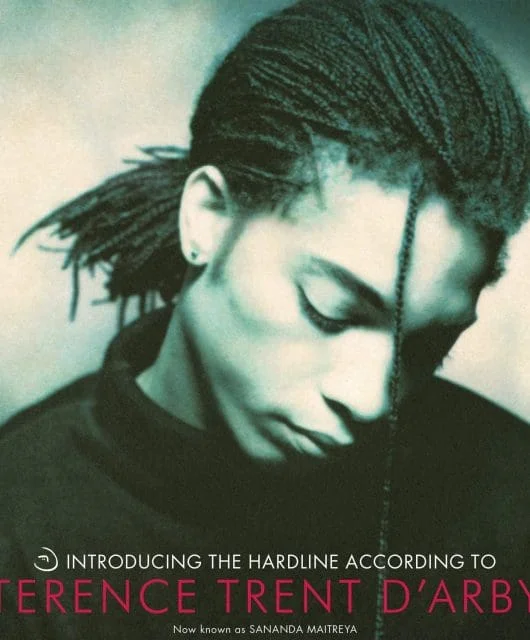Duran Duran: The Side Projects
By Steve Harnell | July 2, 2021
If there’s a schism that exists within the ranks of Duran Duran, it was most obviously visible in their wildly differing splinter groups, The Power Station and Arcadia. Classic Pop takes a look at Duran Duran: The Side Projects…

Funk rock, members of Chic, a William S Burroughs cameo and mountains of cocaine – when Duran Duran do side projects, they don’t do them by halves. Born from a band hiatus in 1984, The Power Station and Arcadia revealed two factions within the mothership, showcasing a tough rock-led approach on one hand and an art school dandyism on the other.
Both John and Andy Taylor were on board for The Power Station, in essence a neat encapsulation of the bassist’s original vision for Duran as a “Sex Pistols meets Chic outfit”.
With Nile Rodgers now making a name for himself as a super-producer hitmaker for the likes of Bowie and Madonna, his former Chic bandmates – drummer Tony Thompson and bassist and co-songwriter Bernard Edwards – were at a loose end and soon joined forces with the Taylors, intrigued by the musical cross-pollination that was floating in the wind.
Meanwhile, across the fence, Nick Rhodes, Simon Le Bon and Roger Taylor formed Arcadia (although the latter had a foot in both camps and provided percussion for The Power Station on occasion, too).
Diametrically opposed to the strident rock of their counterparts, Arcadia was a more melodic and delicate affair – Le Bon went as far as saying the band’s debut long-player was “the most pretentious album ever made”.
While the two bands’ ambitions may have swerved in different directions, they had one thing in common – a devil-may-care extravagance where every artistic whim in the studio was fully indulged.
The Duran boys had earned the right for vanity projects, and they exploited that opportunity to the maximum.
Seven And The Ragged Tiger caused some dissent within the ranks. John Taylor in particular had a problem with the over-fussiness and detail-oriented approach of producer Alex Sadkin, so a chance to flex his funk and rock muscles couldn’t come soon enough.
Read our feature on Duran Duran’s cover art
Read our feature on Duran Duran’s 1990 album Liberty
After the success of the Nile Rodgers remix of The Reflex, he was fully in the orbit of Chic and its members, but it was only when John and Andy Taylor met Tony Thompson after a Bowie concert in France in May 1983 – Thompson was behind the drums for the Serious Moonlight Tour – that an idea for a collaboration began to percolate.
Within a year, the nucleus for what became The Power Station was in place (they convened under the working title Big Brother until it was noted that Janis Joplin’s backing band had essentially taken that name already). The trio gathered to record a backing track for a cover of T.Rex’s glam rock classic Get It On for model and singer Bebe Buell, whom John was briefly dating.
With Bernard Edwards also in tow, the signs were good – but when Taylor and Buell fell out, the sessions came to nothing.
With the vocalist-free band all dressed up with nowhere to go, a revolving-chair position was considered for the frontman role, with various singers guesting on an ad hoc basis. Remarkably, Mick Jagger was approached, as was Richard Butler from The Psychedelic Furs and Billy Idol. The group, it was planned, would provide a rock twist on the soundsystem multiple-singer approach later adopted by the likes of Massive Attack and Soul II Soul.
But when Robert Palmer – a favourite vocalist of Duran Duran, who was still yet to enter his Eighties imperial chart crossover phase – entered the fray, all bets were off. An outstanding performance on the pre-existing Get It On backing track sealed the deal. He was their man. The Chic contingent were convinced, and the Bolan cover went on to be a standout on their debut album.
Duran Duran: Making The Wedding Album
Duran Duran: Making Seven And The Ragged Tiger
That LP cost a cool $500,000 in studio fees. An enormous cocaine intake characterised the sessions, with John Taylor in particular taking full advantage of what he described as an “unlimited” supply.
Recorded in London, Nassau and at The Power Station in New York – the studio from which they took their name – The Power Station was a cocksure collection of cavernous gated drums, slashing, almost heavy metal guitars, John Taylor’s pumping basslines, and Palmer’s commanding vocals.
Lead single Some Like It Hot was an impressive calling card and although the reviews were mixed, the chart results – particularly in the States – were positive. The album made No.6 on the Billboard chart and Some Like It Hot achieved the same position in the Stateside singles rundown.
Palmer soon capitalised on his increased public profile, releasing a new solo album, Riptide, in 1985 that included the imperious Addicted To Love. But when the singer bailed on live commitments with The Power Station, he was replaced by Michael Des Barres.
Then the fingers began to point, with Palmer being accused of using the supergroup for his own ends, both financially and professionally. Firing back, Palmer told Number One magazine: “Firstly, I didn’t need the money and secondly, the cash wasn’t exactly a long time coming. It wasn’t exactly an experience that set me up for retirement.” He later added: “I gave The Power Station [their] sound. They took it from me, not the other way around.”
Des Barres’ tenure with the band was short-lived, although he did have the honour of appearing with them at the Philadelphia leg of Live Aid, where they played Murderess and Get It On.
Duran Duran: Making Rio
Read more: Duran Duran Superfan
Although the Robert Palmer collaboration had ended in acrimony, the bad blood was put aside a decade later when the original members reunited for a new album. The harmony, however, soon evaporated, and John Taylor left the sessions for what eventually became 1996’s Living In Fear amid an array of personal problems.
Bernard Edwards stepped out from behind the mixing desk to become the band’s full-time bassist, only to pass away suddenly later that year of pneumonia during a trip to Japan.
If The Power Station were renowned for their Class A indulgence, their counterparts in Arcadia were not be outdone – at least, not on an artistic level. Their debut album So Red The Rose was recorded at a cost of $1 million, making it at that point one of the most expensive efforts of all time.
With Arcadia retaining both a synth-based sound and producer Alex Sadkin, this was on the face of it less of a divergence from the Duran template than The Power Station, yet it jumped into experimental waters with both feet. Both Rhodes and Le Bon have at various times admitted to (and revelled in) its almost unrivalled pretentiousness.
This was, after all, a band that took its name from a Poussin painting of 1638, Et In Arcadia Ego (The Arcadian Shepherd), which was itself influenced by Virgil’s Ecologues and would become a future touchstone of WH Auden, Evelyn Waugh, Goethe and Nietzsche.
The lead-off single – the wonderful Election Day – boasted an epic nine-minute mini-movie directed by Alien’s art director Roger Christian and was inspired by French auteur Jean Cocteau’s La Belle Et La Bete, no less. Like many tracks on the album, it featured a high-profile collaborator, in this case Grace Jones, who added a mysterious spoken-word section.
Pink Floyd’s David Gilmour and Bowie sideman Carlos Alomar provided guitar, while jazz legend Herbie Hancock weighed in with keyboards on The Promise (that’s Sting on backing vocals, by the way).
So Red The Rose, recorded in Paris, has aged well but it only charted at No.23 in the US and No.30 in the UK, and after the success of Election Day the subsequent singles barely made a dent in the charts.
The gothic, dyed-hair look the trio adopted, along with tuxedos, bow ties and vintage suits, made more of an impression than most of the music.
Arcadia made a handful of appearances to plug So Red The Rose, but never toured. As a nod to the band and sister act The Power Station, Election Day and Some Like It Hot made it onto the setlist of the Notorious Tour… a slim legacy for two intriguing side projects that deserve further investigation.
For more info on Duran Duran check out their official website here
Read more: Pet Shop Boys: Top 25 countdown






